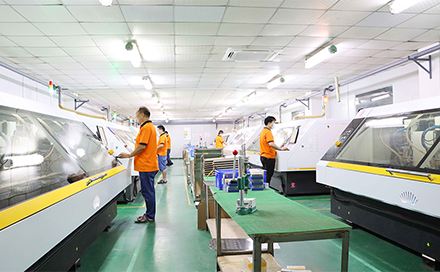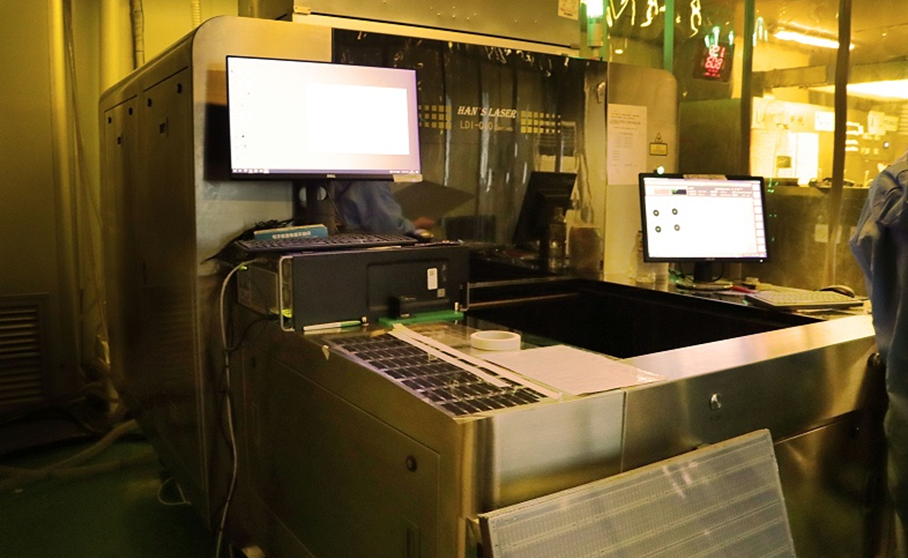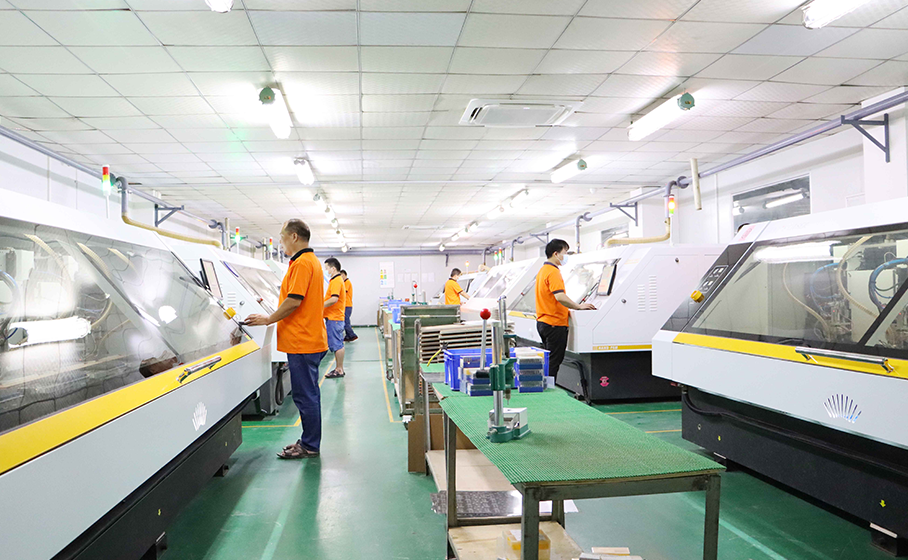With the rapid and continuous development of current technology, the technology for producing PCBs has also undergone tremendous changes. With precision, manufacturing processes also need to improve. At the same time, the process requirements for PCB circuit boards in each industry have gradually increased. For example, in today's mobile phone and computer circuit boards, both gold and copper are used, making it easier to distinguish the advantages and disadvantages of circuit boards.
Today, the editor of Honglian Circuit will take you to understand the surface processing technology of PCB circuit boards, and compare the advantages, disadvantages, and application scenarios of different PCB surface treatment processes.
From a simple appearance perspective, the outer layer of a circuit board mainly comes in three colors: gold, silver, and light red. According to price classification: Gold is the most expensive, followed by silver, and light red is the cheapest. In fact, it is easy to determine whether hardware manufacturers have cut corners in terms of color. However, the wiring inside the circuit board is mainly made of pure copper, which is also known as bare copper board.
The advantages and disadvantages of bare copper sheet are obvious, including low cost, flat surface, and good weldability (without oxidation). Disadvantages: It is easily affected by acid and humidity and cannot be stored for a long time. It needs to be used up within 2 hours after opening the seal, as copper is prone to oxidation when exposed to air; It cannot be used for double-sided boards because the second side has oxidized after the first reflow soldering. If there are test points, solder paste must be added to prevent oxidation, otherwise it will not be able to make good contact with the probe in the future.
Pure copper is easily oxidized when exposed to air, and the outer layer must have the above protective layer. And some people believe that the golden color is copper, which is a wrong idea because it is the protective layer on top of copper. So it is necessary to extensively gild the circuit board, which is the gold deposition process that I have previously introduced to everyone.
The second is gilded board, as the name suggests, which is to coat the substrate with a layer of gold, which is of course real gold. Even if only a very thin layer is plated, it already accounts for nearly 10% of the cost of the circuit board. There are many merchants in Shenzhen who specialize in purchasing waste circuit boards and use certain means to wash out gold, which is a good income.
PCB manufacturers use gold as the coating, firstly for convenience in welding, and secondly for corrosion prevention. Even the gold fingers of memory modules that have been in use for several years still flicker like before. If copper, aluminum, and iron were used in the past, they would now rust into a pile of waste.
Gold-plated boards are widely used in circuit board components such as solder pads, gold fingers, and connector shrapnel. If you find that the circuit board is actually silver, it goes without saying. If you directly call the consumer rights hotline, it must be that the manufacturer cut corners, did not use the materials properly, and used other metals to deceive customers. The motherboards of the most widely used mobile phone circuit boards are mostly gold-plated or gold-plated, while computer motherboards, audio and small digital circuit boards are generally not gold-plated.
Through the above introduction, we can easily identify the advantages and disadvantages of gold plated plates. The advantages include not easy oxidation, long-term storage, flat surface, and suitability for welding fine gap pins and components with small solder joints. The preferred PCB board with buttons (such as a mobile phone board). Repeated reflow soldering soldering is not likely to reduce its solderability. It can be used as a substrate for COB (Chip On Board) wiring. Disadvantages: High cost and poor welding strength, as the use of electroless nickel plating process can easily lead to black disc problems. The nickel layer will oxidize over time, and long-term reliability is a problem.
So now many friends will ask, 'Yellow is gold, so silver is silver?'? Of course not, the correct answer is tin.
This type of board is called a tin sprayed circuit board. Spraying a layer of tin on the outer layer of the copper circuit can also aid in welding. But it cannot provide long-term contact reliability like gold. There is no impact on already welded components, but reliability is not sufficient for pads that have been exposed to air for a long time, such as grounding pads, spring pin sockets, etc. Long term use can easily oxidize and rust, leading to poor contact. Basically, circuit boards used for small digital products, without exception, are tin coated because they are cheap.
Its advantages and disadvantages are not difficult to summarize, advantages: low price, good welding performance. Disadvantage: Not suitable for welding pins with fine gaps and components that are too small, as the surface flatness of the solder plate is poor. Solder beads are easily generated in PCB processing, which can cause short circuits in fine pitch components. When used in double-sided SMT process, because the second side has undergone a high-temperature reflow soldering soldering, it is easy to produce tin beads or similar water droplets that are affected by gravity to form spherical tin drops due to the re melting of tin spraying, resulting in a more uneven surface and thus affecting the welding problem.
The last one is the OPS process, in simple terms, it is an organic soldering film. Because it is an organic substance, not a metal, it is even cheaper than the tin spraying process. Its advantage lies in having all the advantages of bare copper plate welding, and expired boards can also undergo a new surface treatment. Disadvantage: Easily affected by acid and humidity. When it is used for the second reflow soldering soldering, it needs to be completed within a certain time, and the second reflow soldering soldering usually has poor effect. If the storage time exceeds three months, a new surface treatment must be carried out. After opening the packaging, it needs to be used up within 24 hours. OSP is an insulation layer, so the test point must be printed with solder paste to remove the original OSP layer in order to contact the needle point for electrical testing.
The only function of this organic thin film is to ensure that the inner copper foil is not oxidized before welding. When heated during welding, this layer of film evaporates. Soldering can solder copper wires and components together. However, there is currently an unresolved issue, which is very poor corrosion resistance. An OSP circuit board that has been exposed to air for more than ten days cannot be soldered to components. The OSP process mainly involves using a computer motherboard, as the computer circuit board is too large and if gold plating is used, the cost will be high.
Popular Blog Posts





PCB Manufacturing & Assembly Service
 File Upload
File Upload
Our Newsletter











